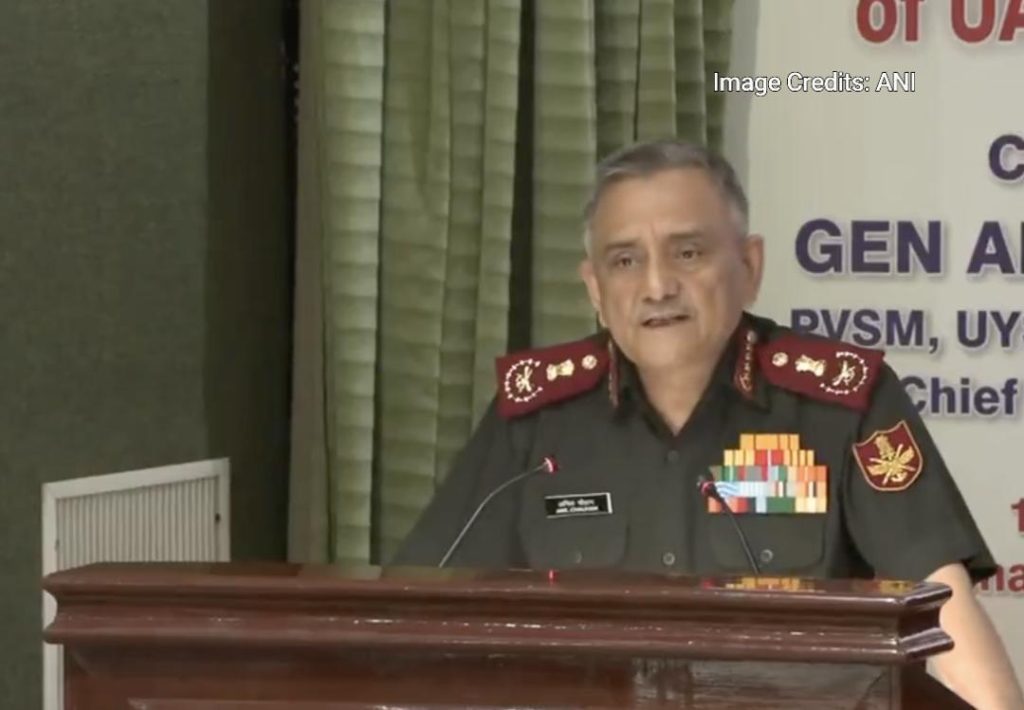
Pak used unarmed drones & loitering munitions: CDS Anil Chauhan
In a recent statement, Chief of Defence Staff (CDS) General Anil Chauhan shed light on the tactics employed by Pakistan during the recent conflict in May. According to General Chauhan, Pakistan used unarmed drones and loitering munitions, which, fortunately, did not cause any significant damage to the Indian military or civil infrastructure.
The statement by General Chauhan comes as a significant revelation, providing insight into the nature of the conflict and the strategies employed by both sides. The use of unarmed drones and loitering munitions by Pakistan is a significant development, highlighting the country’s attempts to employ unconventional warfare tactics.
General Chauhan’s statement also underscores the effectiveness of India’s defense strategies, which successfully neutralized the majority of these unmanned aerial vehicles (UAVs). The CDS emphasized that most of the drones were neutralized through a combination of kinetic and non-kinetic means, indicating that India employed a multi-faceted approach to counter these threats.
The use of loitering munitions, also known as kamikaze drones, is a worrying trend in modern warfare. These weapons are designed to loiter in an area for extended periods, gathering intelligence and waiting for an opportunity to strike. Their ability to evade detection and strike with precision makes them a significant threat to military installations and critical infrastructure.
However, General Chauhan’s statement suggests that India’s defense forces were well-prepared to counter these threats. The CDS mentioned that some of the drones were recovered in almost intact conditions, indicating that Indian forces were able to intercept and capture these UAVs.
The use of unarmed drones and loitering munitions by Pakistan raises several questions about the country’s military strategy and capabilities. It is clear that Pakistan is attempting to employ unconventional warfare tactics to gain an advantage over its adversaries. However, the fact that these drones did not cause significant damage to Indian military or civil infrastructure suggests that Pakistan’s efforts were largely unsuccessful.
India’s defense forces have been at the forefront of countering these threats, employing advanced technologies and strategies to detect and neutralize these UAVs. The Indian Air Force (IAF) has been instrumental in countering these threats, using its advanced fighter jets and surface-to-air missiles to intercept and destroy enemy drones.
The use of loitering munitions by Pakistan also highlights the need for India to develop its own capabilities in this area. India needs to invest in the development of advanced technologies, such as electronic warfare systems and anti-drone missiles, to counter these threats effectively.
Furthermore, General Chauhan’s statement underscores the need for India to improve its intelligence gathering capabilities. The CDS emphasized that most of the drones were neutralized through kinetic and non-kinetic means, indicating that India’s intelligence agencies played a crucial role in identifying and tracking these threats.
In conclusion, General Chauhan’s statement highlights the significance of the recent conflict between India and Pakistan. The use of unarmed drones and loitering munitions by Pakistan is a worrying trend, but India’s defense forces have successfully countered these threats. The statement also underscores the need for India to invest in advanced technologies and improve its intelligence gathering capabilities to counter these threats effectively.






